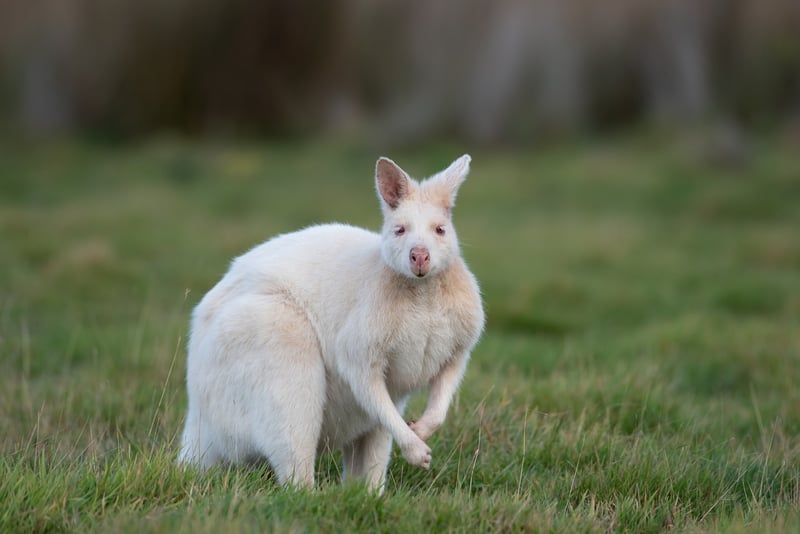Texture Variation
Creating Visually Appealing Vertical Gardens with Texture Variation

Introduction
Vertical gardens have become increasingly popular for their aesthetic appeal and space-saving benefits. Incorporating texture variation in your vertical garden design can enhance visual interest and create a dynamic living artwork.
Choosing Plants with Diverse Textures
When planning your vertical garden, select a variety of plants with different textures. Combining plants with smooth leaves, rough bark, fluffy flowers, or spiky succulents can add depth and dimension to your garden.
Layering for Visual Impact
Arrange your plants in layers to create a sense of depth. Place larger, bushier plants at the bottom for a solid base, and layer smaller plants with delicate textures towards the top. This layering technique mimics the natural growth patterns of plants in the wild.
Adding Hardscape Elements
Integrating hardscape elements like wooden panels, metal frames, or decorative stones can further enhance texture variation in your vertical garden. These elements provide contrast to the softness of plants and create visual interest.
Maintaining Balance
While texture variation is essential for a visually appealing vertical garden, it's crucial to maintain balance. Avoid overcrowding plants with similar textures in one area. Instead, distribute different textures evenly throughout the garden for a harmonious look.
Conclusion
By incorporating texture variation in your vertical garden design, you can create a stunning and dynamic outdoor space that captivates the eye. Experiment with different plant textures, layering techniques, and hardscape elements to craft a unique and visually appealing vertical garden.
Start your vertical garden project today and enjoy the beauty of nature right at your doorstep!

